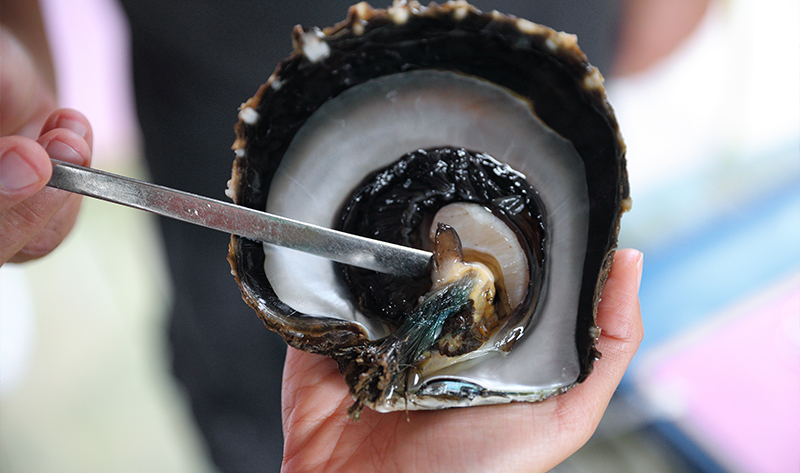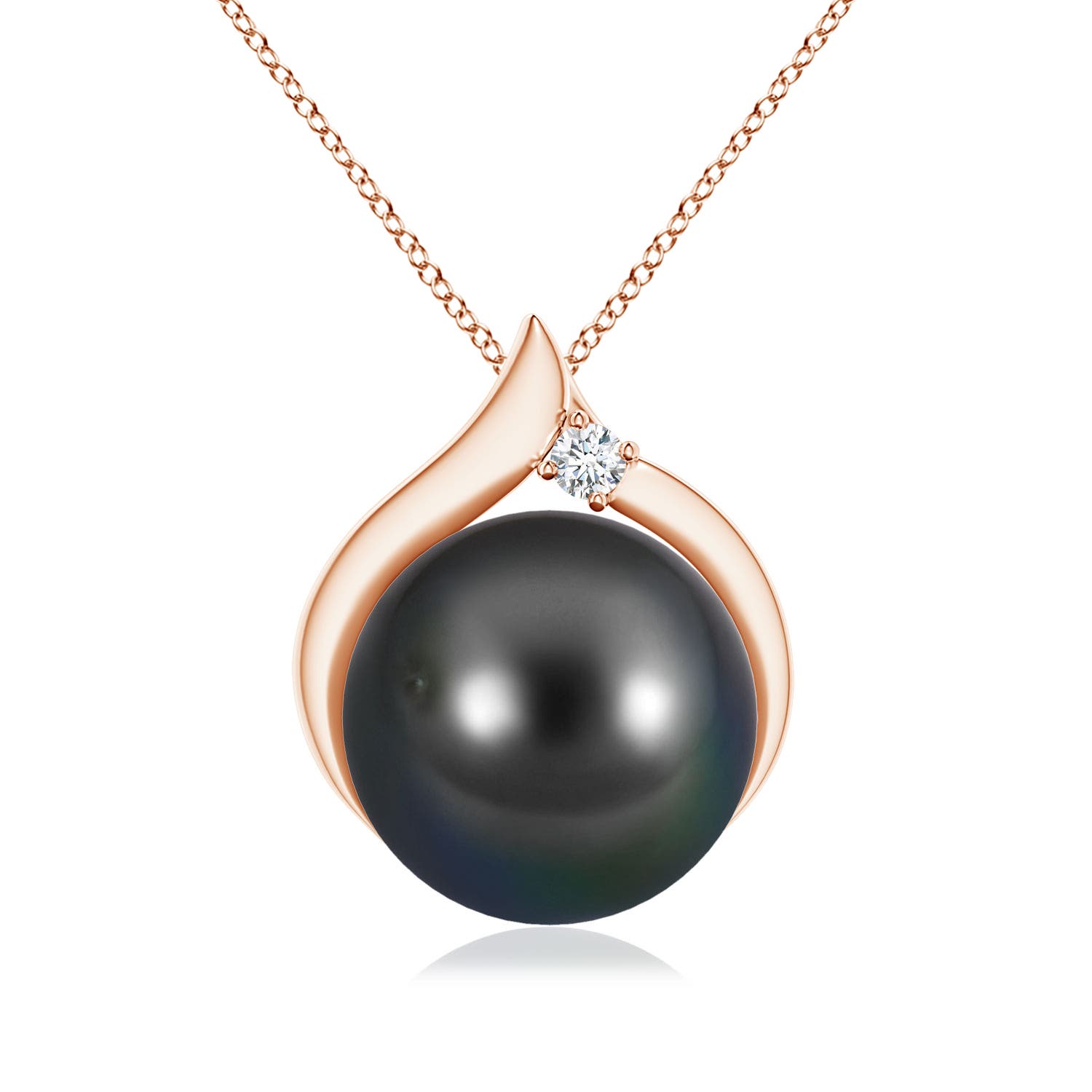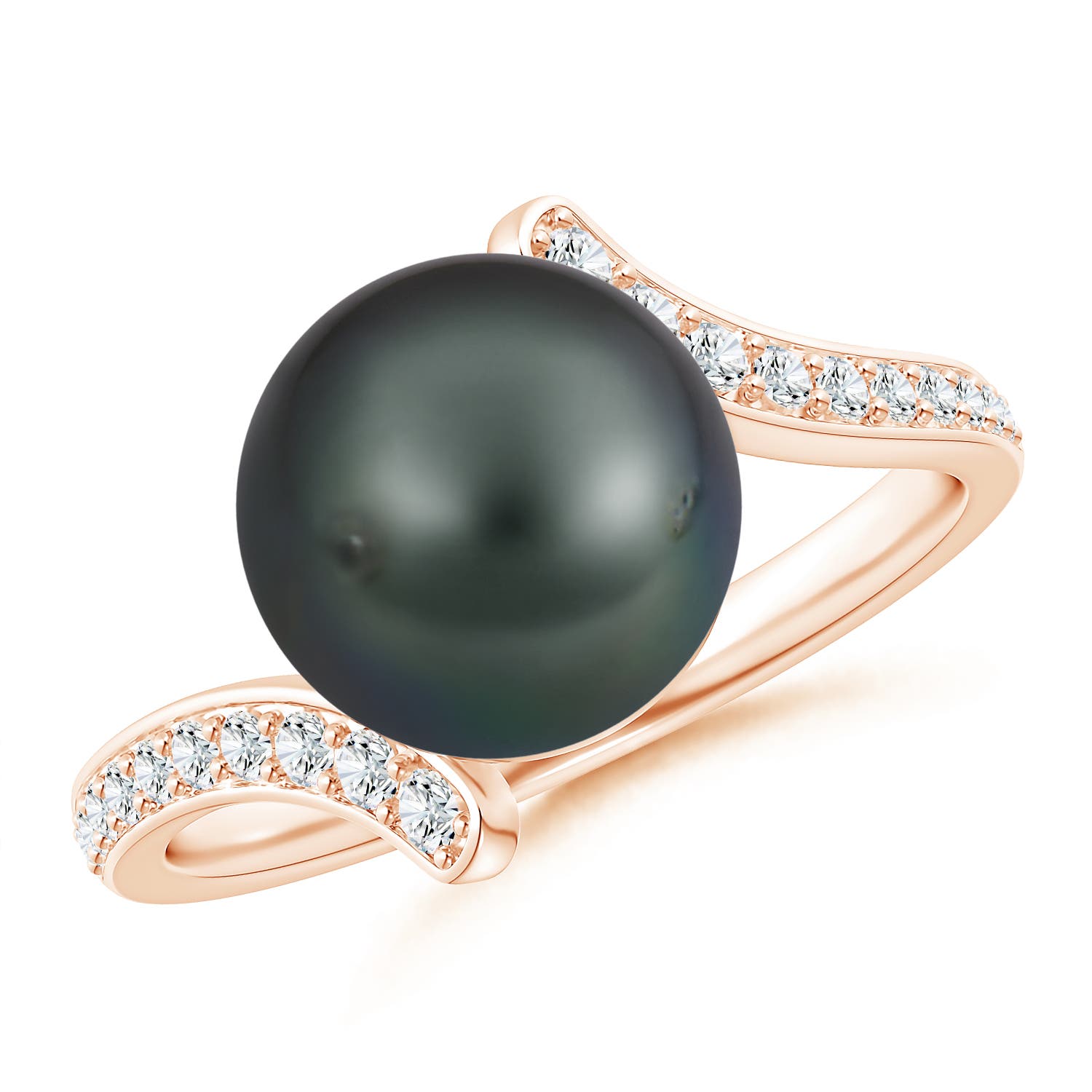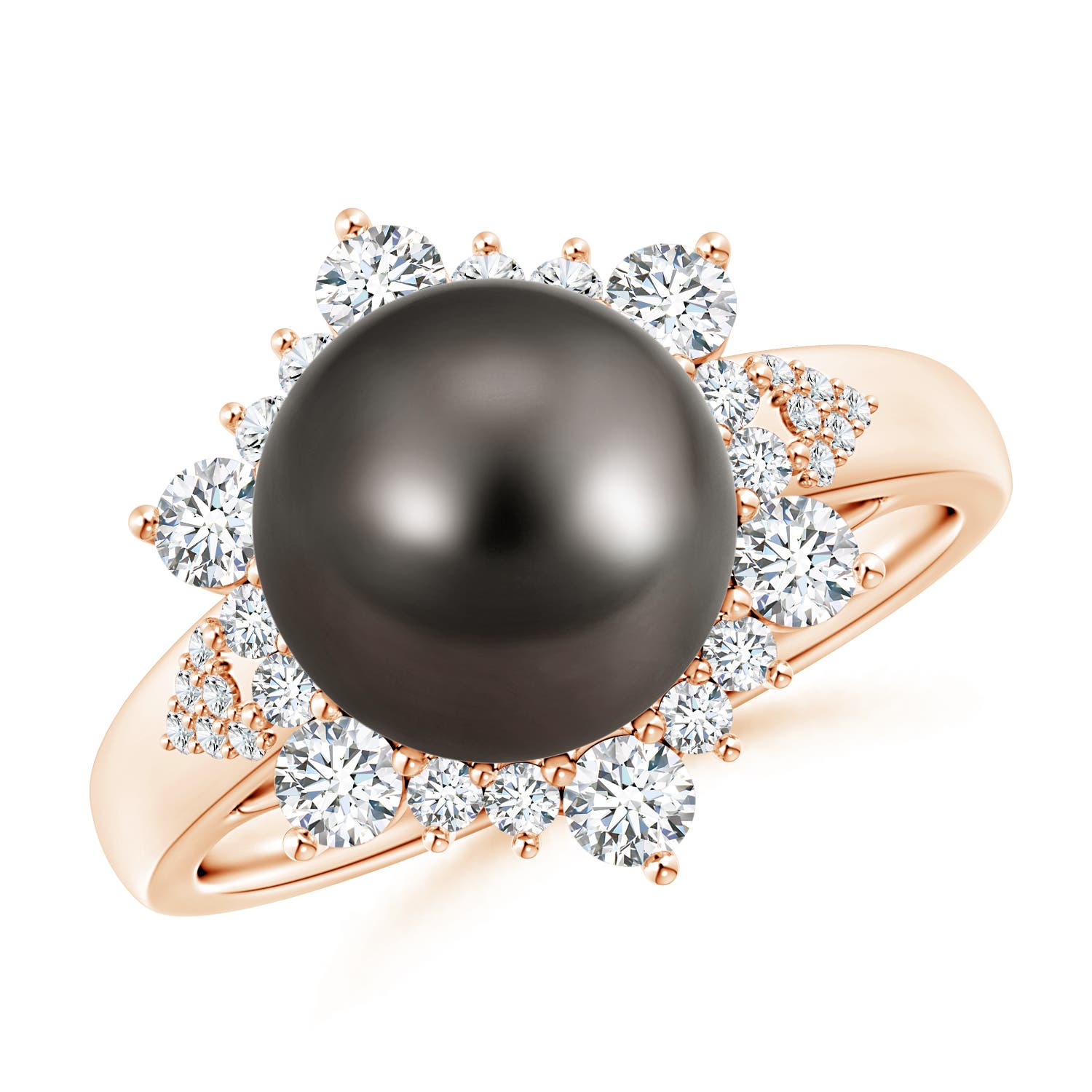If pearls inspire your taste in jewelry, then you will find the history of Tahitian cultured pearls just as fascinating. Before the ‘black’ Tahitian cultured pearl was introduced in the 1970s, the glossy white and cream-colored cultured pearl was regarded as the ideal pearl.
The French Polynesian snail Pinctada margaritifera produces these unusual cultivated pearls. Jacques and Hubert Rosenthal hold the distinction of establishing the first pearl farm, and they did it on the Manihi atoll in the year 1966.
The History of The Tahitian Cultured Pearl
Due to the need for pearl buttons in Europe, which was located halfway across the world, the history of Tahitian cultured pearls in Polynesia commenced in the 1800s. The Polynesian pearl business would change course only after more than a century had passed.
Oyster farmer Simon Grand from Arachon efficiently experimented with cultivating spats in virgin Polynesian lagoons near the Gambier islands in 1900. Three decades later, two scientists named Gilbert Ranson and Bouchon Bradley examined the efficiency of numerous Polynesian lagoons and created a sustainable pearl oyster farming strategy. With varying degrees of success, several efforts were attempted.
Jean-Marie Domard traveled to French Polynesia in 1957 to investigate if the technique utilized in M. Mikimoto’s pearl farms in Australia and Japan might be used there. However, the head of the Nippon Pearls Co. of Tokyo really sent M. Churoku Muroi, a Japanese oyster grafter, to Hikueru in order to carry out the first successful graft of pearl oysters in 1961.
Domard’s transplanting and culture methods were successfully applied to the lagoons of Bora Bora in 1965 and pearls up to 14 mm in diameter were recovered. A strong foundation was created after this manufacture was used in jewelry created by renowned jeweler Mourareau.

- Gathering and raising young oysters until they are adults is the first step in cultivation. Small oyster embryos can first float freely in the water in the wild. They no longer have the capacity to swim and adhere to solid objects after they reach the age of three months. At that point, they are referred to as spat. For newborn oysters to cling to, pearl producers deploy spit collectors underneath the lagoon’s surface. Spats are typically harvested when they have a diameter of one to two inches. They are then put in mesh pouches or sacs suspended on lines underneath the water’s surface so they can develop. Young oysters need to be cleaned routinely by farmers to get rid of any marine development on their shells.

- The oysters are prepared for nucleation when they are 2 to 3 years old and have reached a diameter of 3.5 to 4 inches. Oysters that are adults cannot all be nucleated. Only those who are in good health and have developed gonads are picked.
- A precise step called nucleation necessitates expert grafting. Along with a portion of mantle tissue from a normal healthy oyster, a spherical freshwater mussel shell bead is put into the oyster’s gonad. The healing process for the incision takes around a month.
- Farmers continuously look after the condition of the oysters and keep an eye on their surroundings, including salinity, the temperature of the water and other factors, during the 16 to the 24-month period while pearls are growing.
- A Tahitian pearl is the result of human and natural efforts working together. Up to 40% of effectively nucleated oysters are only capable of producing diamonds of high grade. Less than 20% of them are circular. Most of the crop is round or baroque in form. Only 1% to 2% of these are perfectly spherical and of the highest caliber.
Interesting Facts
Here are some facts about Tahitian cultured pearl:
- The origin of Tahitian pearls is not Tahiti. There are no farms for pearls anywhere on the island. However, Tahiti is the center of commerce for the largest of the pearl farms spread over French Polynesia.
- The majority of Tahitian pearl production takes place in the Tuamotu and Gambier Archipelago’s low-lying coral atolls.
- If you look carefully, you can see that although these gems have a striking hue that seems black, they are not really black. Tahitian pearls are produced by each black-lip oyster in a unique hue. Truly black Tahitian pearls do exist, but they are quite costly and rare.
- Black-lip oysters are used to produce Tahitian pearls. The interior shell of this oyster is incredibly lovely, much like the pearl. Before going extinct entirely, attempts were made to preserve and repopulate the black-lip oyster.
- Only around 50% of Tahitian pearls have a round shape. In an effort to obtain a pearl with a round form, the farmer will implant a round shell bead into the oyster. Less than 50% of such pearls will really create a completely round shape, despite the fact that the bead improves the likelihood of finding a round pearl.

Different Types
The Tahitian pearl may suit any jewelry setting because of its wide range of forms and hues. Thus, a Tahitian cultured pearl engagement ring is always a good idea. The item’s worth is due to its adaptability and color variety. Shapes of the cultivated Tahitian pearl include round, semi-round, button, circle, oval, teardrop, semi-baroque and baroque. They also come in a variety of sizes and hues. The different types of Tahitian cultured pearls are as follows-
-
The Round Tahitian Cultured Pearl
Based on sales, availability and request, the market’s preferred pearl is the flawlessly round variety. When determining the value of these stones, the shape may not be the only aspect to take into account. Size, surface quality and luster may also be important factors. The availability of round-shaped pearls is extremely constrained due to their high demand. As a result, the round pearl is the most costly and prominent pearl form.

-
The Semi-Round Tahitian Cultured Pearl
Because they resemble round ones, semi-round pearls are frequently combined with them. They are permitted to vary the diameter by two to five percent, which is the point at which the change is perceptible to the human eye. An axis of symmetry is present in most pearls. Regarding form, this pearl is considered the second-highest pearl. It’s almost circular but not quite round enough.
-
The Button-Shaped Tahitian Cultured Pearl
The button-shaped form of pearl is comparable to the semi-round variety but has a button-like appearance. These pearl varieties are pricey, but not more so than Tahitian pearl varieties that are semi-shaped and spherical.
-
The Ring-Shaped Tahitian Cultured Pearl
The name of these pearls refers to the circular ridges that run across them and give the pearl a ring-like appearance. Ring-shaped pearls have circular “rings” all around them yet are formed like semi-round pearls.
Concentric rings are engraved into the shape of circled pearls. Others may be completely engraved, while some circular pearls may simply have a tiny portion of their surface coated in these rings. Circled Tahitian cultured pearls seem to be the most vivid pearls, however, it is unknown why.
-
The Pear-Shaped Pearls
A pearl in the form of a pear resembles a fruit. It will appear to have a prolonged drip of water from a faucet on it when seen closely. They are placed fourth in terms of costs.
-
The Oval-Shaped Tahitian Pearl
These particular pearls have an egg-like form. Their silhouettes are somewhat rounded and extended.
-
The Drop-Shaped Tahitian Cultured Pearl
Another form for a Tahitian pearl is the drop form. A flawless drop of water appears to be dripping from the faucet.
-
The Baroque-Shaped Tahitian Pearl
A baroque pearl has an expanded tip on one side and has the same flawed form as a pear-shaped pearl. The semi-baroque-shaped pearls are another option and have a little different form.
Baroques could be anything from a circular pearl with a bulge on the edge to crazy, wavy, or bulbous forms because they lack an axis of symmetry. They are many people’s particular favorites and have lots of personalities. Circular pearls are now commonly referred to as “baroque.”
-
The Semi-Baroque-Shaped Tahitian Cultured Pearl
The broad category of everything having one axis of symmetry is semi-baroque. This includes ovals, buttons, drops and all of its variants. A button is a kind of squashed circle that is flatter on one side. Most people concur that, because of its rarity, a flawless drop is just as precious as a perfect round.
Tahitian Cultured Pearl Rings
Tahitian cultured pearl engagement rings are a display of the enigmatic beauty and distinctive style of the black pearl bands. The bioactivity of the black lip oysters is responsible for the exquisite and silky black luster of the Tahitian pearl rings for ladies. The use of cultivated Tahitian pearls in the creation of pearl engagement rings for ladies in love with the tranquil beauty of pearl and diamond wedding rings is fairly uncommon to discover in nature.
Conclusion
If you take your time and choose a Tahitian cultured pearl according to taste and preference, these gemstones are among the top finds on the jewelry market. While most people choose white pearls as their basic, go-to option when it pertains to pearl jewelry, Tahitian pearls may be a superior alternative.
Also Read
- History of Blue Zircon
- History of Amethyst
- History of Aquamarine
- History of Blue Sapphire
- History of Brown Diamonds
- History of Diamond
- History of Black Diamond
- History of Blue Diamond
- History of Orange Zircon
- History of Pink Sapphire
- History of Pink Tourmaline
- History of Ruby
- History of Tanzanite
- History of Tourmaline
- History of Tsavorite
- History of Turquoise
- History of White Sapphire
- History of Yellow Sapphire
- History of Moonstone
- History of South Sea Pearl
- History of Citrine
- History of London Blue Topaz
































